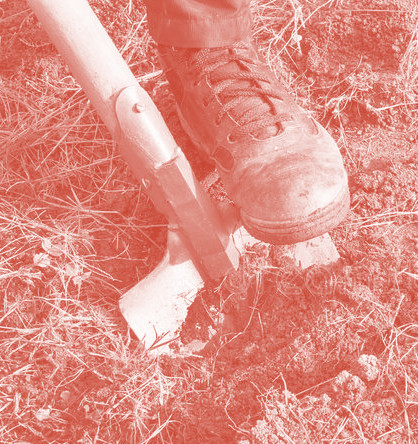Push to protect mineral rights
 Experts say mineral security is essential to achieving the UN’s Sustainable Development Goals, but is not explicitly part of them.
Experts say mineral security is essential to achieving the UN’s Sustainable Development Goals, but is not explicitly part of them.
Researchers are calling for a public conversation about why minerals are not referenced in the United Nations Sustainable Development Goals (SDGs), coining the term ‘mineral security’ to help integrate minerals into the SDG framework.
The SDGs were adopted by the United Nations in 2015 as a blueprint to achieve a better and more sustainable future for all, and while natural resources such as energy, water, air, forests and wildlife feature prominently, the words mineral, mining and miner are not mentioned.
Professor Daniel Franks says one reason may be the dominant perception of minerals, mining and miners as villains in the planet’s twin crises of environmental sustainability and global poverty.
“This is understandable - the role that the mining of minerals has played in, for example, the colonisation of nations and the creation of environmental problems is very defining and much more visible than the role minerals have played in enabling our shelter, sustenance, transport, energy and communication,” he said.
Professor Franks and his co-authors Julia Keenan and Degol Hailu suggest this narrow framing has implications for global development.
“It is little known that in fact metals make up a minority of mineral production by volume and value.
“The majority of what we mine as a society are local minerals, mined by local people, for local development, surpassing the production of large-scale multinational mining companies.
“Most of the minerals and materials that are mined for human use are done so barely noticed by society - whether it be glass, roof tiles, bridges or roads, the public is largely unaware of the minerals that are their main ingredients.”
Professor Franks believes that new ways of describing the totality of minerals contribution and the links to poverty reduction and human development are needed.
“In our article we introduce three concepts, ‘development minerals’, ‘mineral security’ and ‘mineral poverty’ to take a human-centred perspective to mineral supply.
“We define mineral security to exist when all people have sufficient and affordable access to the minerals necessary for human development.
“Our hope is that these new concepts will help foster new understandings about development and new pathways for sustainability transitions and ultimately result in minerals being a more central feature of any revised formulation of the SDGs,” he said.
The full paper is accessible here.








 Print
Print